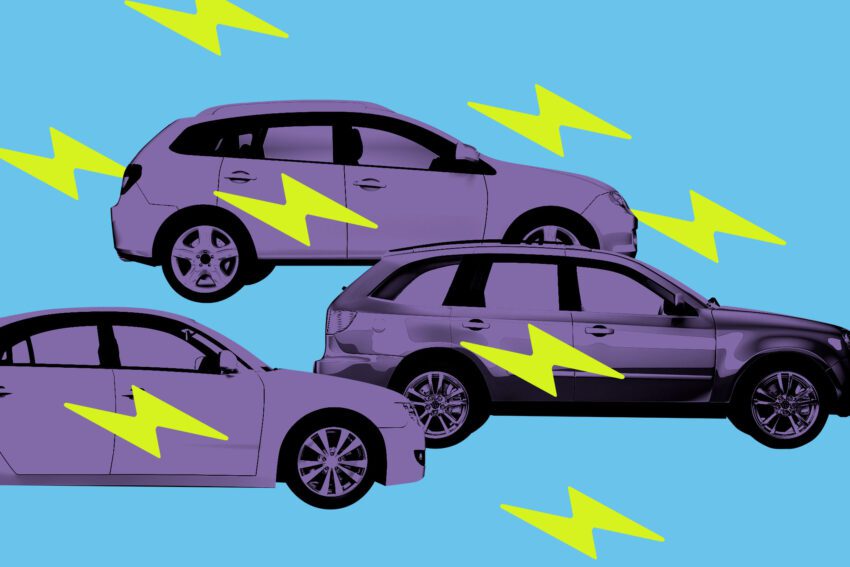
uber will pay drivers 4 000 to Uber is taking significant steps to encourage its drivers to transition from gasoline-powered vehicles to electric vehicles (EVs) by offering grants of $4,000 for those who make the switch.
uber will pay drivers 4 000 to
Uber’s Commitment to Electric Vehicles
As part of its ambitious plan to achieve “100 percent” of trips in electric vehicles by 2030, Uber has made a notable shift in its approach to incentivizing drivers. The company is not only providing financial assistance but has also rebranded its EV initiative from “Uber Green” to the more straightforward “Uber Electric.” This change reflects Uber’s commitment to simplifying its messaging while pushing for a greener future.
Uber’s pledge to become completely carbon neutral in North America and Europe by 2030, and in all global markets by 2040, was initially announced in 2020. At that time, the company stated it would not directly pay drivers to transition from gas-powered vehicles to EVs. However, in light of changing market conditions and the need for a more proactive approach, Uber has reversed its stance. The decision to offer direct payments aims to accelerate the adoption of electric vehicles among its drivers.
The Impact of Federal Tax Credit Expiration
The urgency behind this initiative is underscored by the recent expiration of the $7,500 federal EV tax credit in the United States. This expiration is expected to significantly impact EV sales, making it more challenging for Uber drivers to afford the switch to electric vehicles while managing their operating costs. Many drivers had relied on this tax credit to make both new and used EVs more financially accessible. By introducing the $4,000 grant, Uber aims to mitigate the financial burden on drivers who may find it increasingly difficult to transition to EVs without the federal incentive.
Eligibility and Program Details
Not all Uber drivers will be eligible for the grants immediately. Under the new “Go Electric” program, drivers located in New York City, California, Colorado, and Massachusetts can apply for the $4,000 grant when they switch to a new or used electric vehicle. This initiative is designed to provide a financial cushion for drivers in regions where the cost of living and vehicle prices may be higher.
In addition to Uber’s grant, local incentives can further reduce the cost of EV purchases. For instance, Massachusetts offers the MOR-EV program, while Colorado has the Clean Fleet Program. These local initiatives can work in tandem with Uber’s grant, potentially lowering the overall price of EVs for drivers even more.
Comparative Financial Incentives
Uber’s $4,000 grant mirrors the recently expired federal tax credit for used electric vehicles. By establishing this financial incentive, Uber hopes to compensate for the loss of the tax credit and encourage drivers to invest in electric vehicles. The company’s initiative is a clear acknowledgment of the challenges that drivers face and a strategic move to maintain its commitment to sustainability.
Challenges in Transitioning to Electric Vehicles
Despite Uber’s efforts, the transition to electric vehicles is fraught with challenges. The ride-hailing industry relies heavily on independent contractors who often use their personal vehicles for multiple gig economy jobs. This classification complicates Uber’s ability to mandate a switch to electric vehicles without risking the independent status of its drivers.
Moreover, electric vehicles typically come with a higher upfront cost compared to traditional gasoline vehicles. While EVs tend to be cheaper to operate in terms of fuel and maintenance, the initial investment can be a significant barrier for many drivers, who often work with tight profit margins. The $4,000 grant may help alleviate some of this financial pressure, but it may not be enough for all drivers to make the switch.
Past Initiatives and Partnerships
Uber’s journey toward electrification has not been without its setbacks. In 2021, during a period of heightened enthusiasm for electric vehicles, rental company Hertz announced plans to purchase 100,000 Teslas and 65,000 Polestars, intending to rent them to ride-hail drivers. However, due to high depreciation rates, Hertz reversed its strategy and sold off many of the EVs it had acquired. This incident highlights the volatility and challenges within the electric vehicle market, which can impact both rental companies and ride-hailing services.
Despite these hurdles, Uber remains committed to increasing the number of drivers using electric vehicles. Last year, the company announced a partnership with Chinese auto manufacturer BYD to provide 100,000 EVs for drivers in Europe and Latin America. Currently, Uber reports that there are approximately 200,000 EV drivers on its platform globally, a number that the company aims to increase significantly in the coming years.
Enhancements to the Uber Electric Experience
In addition to financial incentives, Uber is also enhancing the overall experience for drivers and riders using electric vehicles. Earlier this year, the company announced that Uber Green, its EV and hybrid ride-hailing service, would transition to an EV-only model. Previously, Uber Green included both electric and hybrid vehicles, allowing drivers to earn an extra per-trip fee (typically around $1) for using vehicles with lower tailpipe emissions. Under the new Uber Electric branding, the company is now offering discounts to riders, providing 20 percent off, or up to $8 off, for EV rides when using the code GOELECTRIC20. This promotion is valid for a limited time, specifically seven days, and aims to encourage more riders to opt for electric vehicles.
Battery-Aware Matching Feature
Uber is also expanding its battery-aware matching feature, which is designed to optimize trip requests based on an EV’s battery level. This feature allows drivers to accept trips that end near charging stations or avoid longer trips that may deplete their battery. The battery-aware matching feature is being rolled out in 25 countries across the United States, Canada, and Europe, and will now support a wider range of EV brands, including Kia, Hyundai, Ford, Nissan, Volkswagen, and Mercedes-Benz. This enhancement aims to make the driving experience more efficient and convenient for EV drivers, addressing some of the unique challenges they face.
Conclusion
Uber’s initiative to offer $4,000 grants for drivers switching to electric vehicles marks a significant step in the company’s commitment to sustainability and reducing carbon emissions. While the transition to electric vehicles presents various challenges, including financial barriers and the complexities of independent contractor status, Uber’s multifaceted approach—including financial incentives, partnerships, and technological enhancements—aims to facilitate this shift. As the company continues to navigate the evolving landscape of the ride-hailing and electric vehicle markets, its efforts will play a crucial role in shaping the future of transportation.
Source: Original report
Was this helpful?
Last Modified: October 22, 2025 at 4:36 pm
3 views














